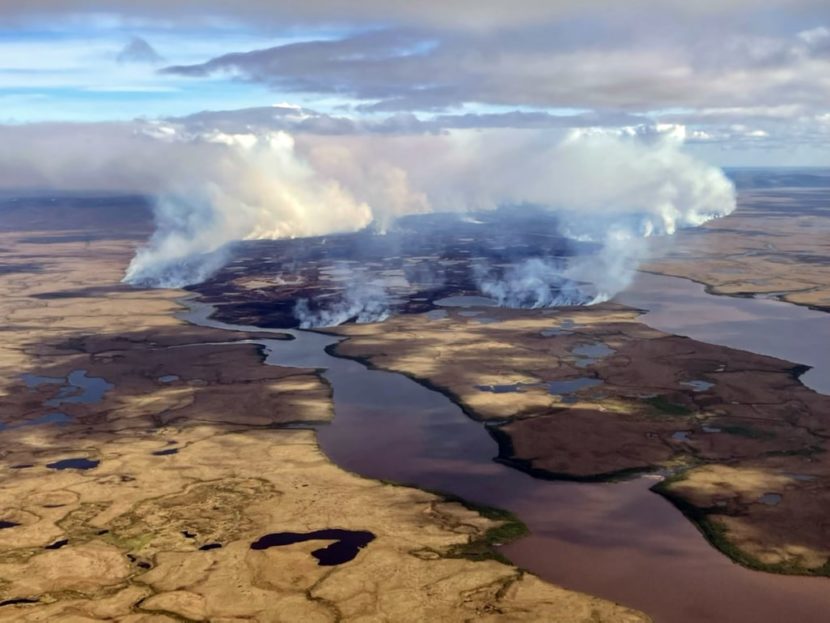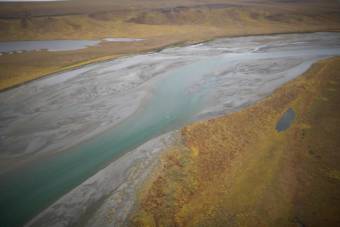
To help Alaskans sort through the candidates running for the state’s sole U.S. House seat, we’re asking each candidate where they stand on the issues.
Here’s how they responded, in their own words, to the following question about climate change:
What are your views on climate change in Alaska, and what mitigation and/or adaptation steps would you like the government to take related to climate change?
Nick Begich (R): Climate variation within the Arctic has impacted Alaska in observable ways: changing fish and game migratory patterns, coastal erosion, and diminished permafrost. As we look to the future, we must ensure that federal infrastructure investments are neither a temporary solution nor an excuse for additional government agency control. Instead, we must focus our effort on long-term permanent infrastructure solutions that will allow for communities to continue to prosper in the face of a changing world. If properly managed, additional investments in ports, roads bridges, and rail will ensure Alaska thrives as new shipping lanes and lands open to responsible development.
Sarah Palin (R): Did not respond.
Mary Peltola (D): Climate change is one of the most pressing crises facing our planet — and communities across Alaska are already experiencing its devastating impacts. Severe droughts, record-breaking forest fires, increasing temperatures, melting ice and snow, species migration, decreasing salmon returns, rising sea levels, and erosion threaten the health, safety, and livelihoods of all Alaskans. Alaska is uniquely positioned to lead the world past this crisis. We are already a leader in microgrids (with over 200 around the state) – and in 2010, the Alaska legislature passed a non-binding goal to ensure 50% of our electricity is generated from renewable and alternative energy sources by 2025. We are at 31% – but with support from Congress, we can achieve our goal. In Congress, I will work to steer federal funds to local Alaskan energy projects and streamline burdensome regulatory processes that curb sustainable energy development. I will also work to mitigate the impact of species decline by fighting to uphold protections in Section 8A of the Alaska National Interest Land Conservation Act. Section 8A says that in times of shortage, the priority use of a species is subsistence for people who live closest to that resource. This is a commonsense solution that every Alaskan understands.



